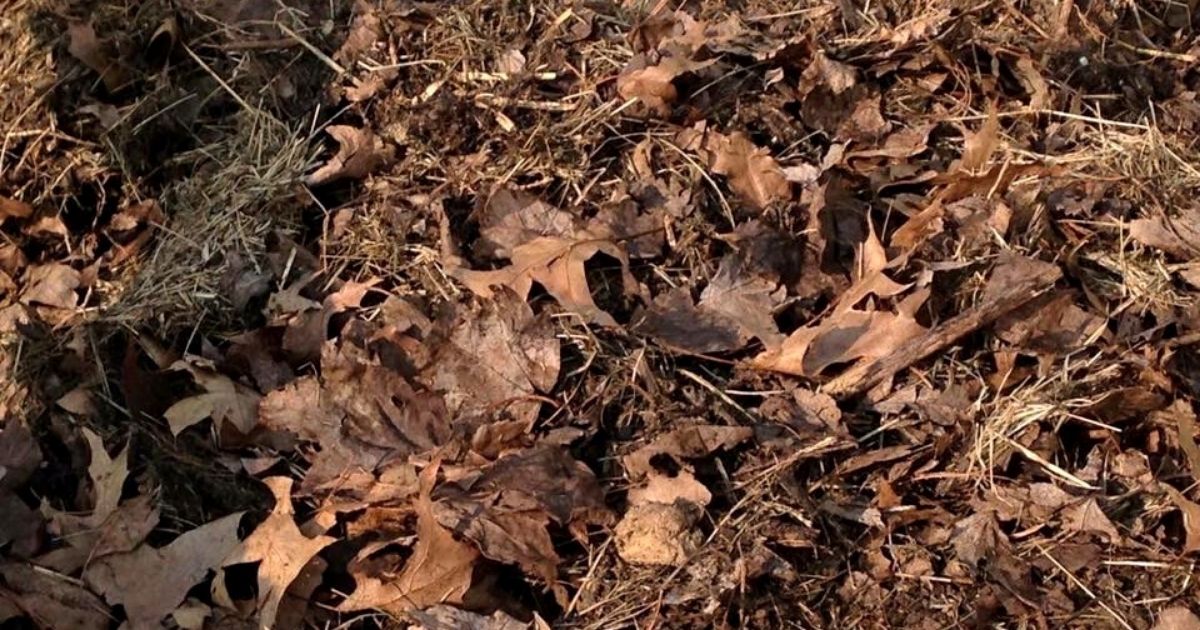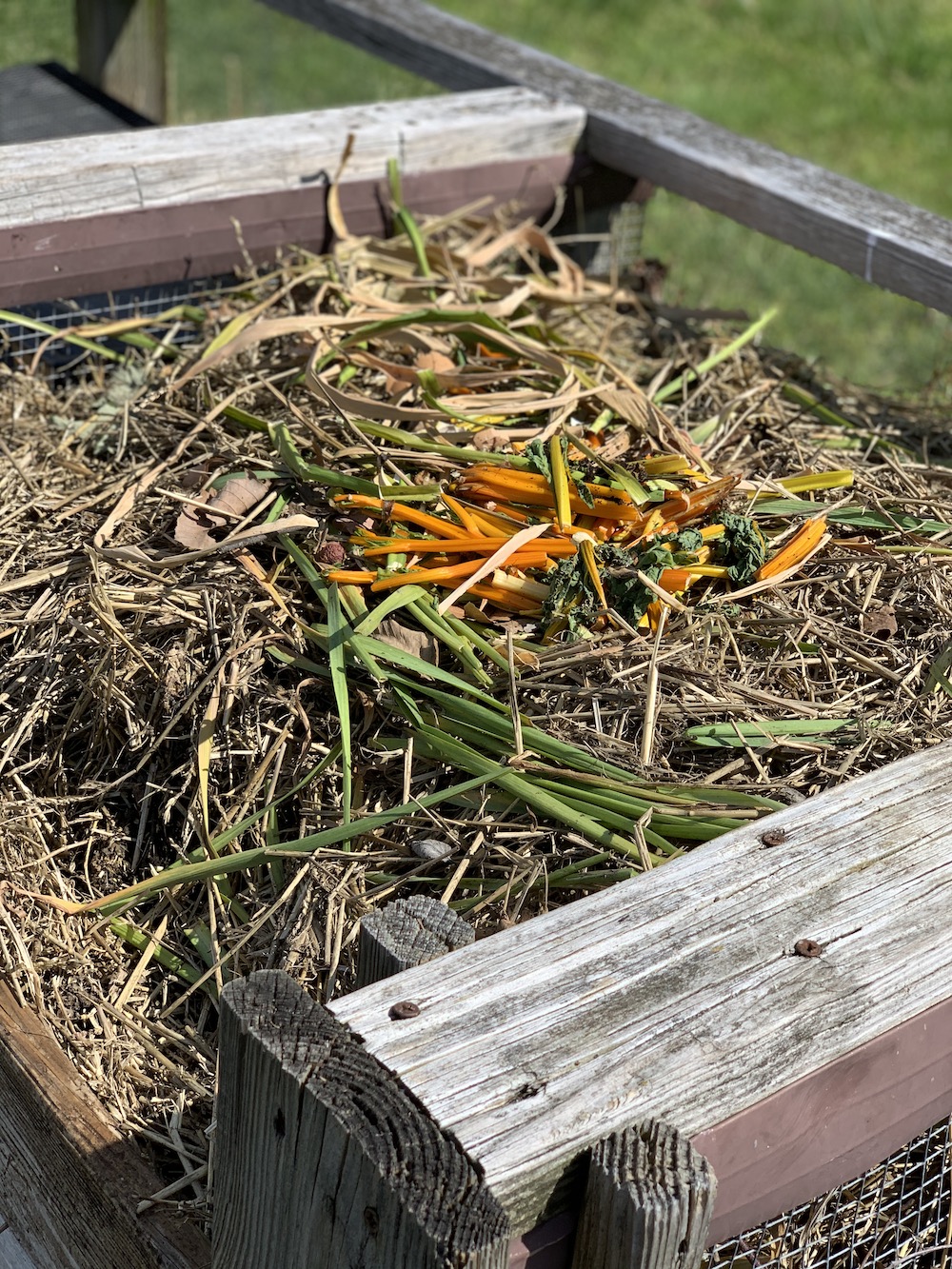
Category: Cooperative Extension

The Art of Composting
September 27, 2021 Written by Gail Hermenau
Composting is both an art and a science, especially when it comes to backyard composting. It’s that perfect balance of ingredients that creates a mini-ecosystem for microorganisms to thrive, breaking down raw materials and leaving behind an organic substance that is rich in nutrients for use as a soil amendment.
There are many techniques available to the backyard composter, for example, a bin system, free-standing pile, trench composting, and sheet composting. No matter what technique you choose, the recipe is the same: Air, Water, Carbon and Nitrogen. These are the ingredients that support microbial life.
Like most living things, the bacteria and fungi that decompose organic matter and the other organisms that make up the compost ecosystem need air.
Compost microbes also need the right amount of water. Too much moisture reduces the airflow, creates anaerobic conditions, and can make the pile smell as excess nitrogen creates ammonia gas. Too little water slows down decomposition and prevents microorganisms from reproducing.
Carbon ingredients provide an energy source to microbes like fungi that break down that type of organic matter. The most common high-carbon ingredients are leaves, straw, and dried plant material.
Nitrogen ingredients provide microbes like bacteria with the proteins they need to build their tiny bodies. Ingredients high in nitrogen are moist, fresh plant material, animal manures, fresh grass clippings and household kitchen scraps.
In order for your compost pile to decompose efficiently, you need to create the right ratio of carbon to nitrogen ingredients. Piles with too much nitrogen will convert the excess to ammonia gas and piles with too much carbon will break down slowly because there is not enough nitrogen for the microbe population to grow. The ideal balance of material is a 30-1 ratio of carbon to nitrogen. The blending of materials for an efficient carbon to nitrogen ratio is part of the art of composting. Most materials homeowners will have on hand will vary throughout the year, each with a carbon to nitrogen ratio of their own. For example, high nitrogen sources like grass clippings and kitchen waste fall between a 12-25:1 carbon to nitrogen ratio and materials high in carbon like leaves fall between 30-80:1 carbon to nitrogen ratio, so adding one-part grass clippings or other green material to two-parts leaves or other carbon materials will give you the right mix. The proper blending of these materials will ensure that temperatures will be high enough for the process to work efficiently.

As you build your pile, it is important to incorporate the right amount of moisture and air. The right moisture content falls between 40-60 percent. If the moisture content falls below 40%, the bacteria will slow down or even die off and decomposition will stop. When the moisture content exceeds 60 %, the air in your pile is reduced, anaerobic conditions are created, and decomposition slows down. An easy way to gauge your moisture content is to give it the “squeeze test.” When you squeeze the material, it should feel damp but not soggy, with no liquid dripping from your hand. If you find that your pile is too wet, it should be turned, for example, with a pitchfork to incorporate more air into the pile and loosen the materials for better drainage. If the pile is too dry, turn the pile and rewet the layers in the process.
Providing the right amount of air in your pile is important to support microbial life. Aeration will occur naturally when the air rises through your compost pile, but rapid decomposition can only occur when your pile is turned, enhancing aeration to supply oxygen to decomposers.
With experience, backyard composters can create the right mix for temperatures to reach between 90-140 degrees, indicating rapid decomposition. A compost thermometer can be used to monitor your pile temperature.
Most backyard compost piles do not reach the temperatures necessary to kill off disease pathogens or weed seeds, so keep these out of your pile. Never add materials that have pests, or disease, meat, bones, fats and oils, and domestic animal manures. Remember that the materials you add to your pile are a food source for microorganisms and nothing should be added that will attract wildlife. If you find that wildlife is attracted to your pile, you can eliminate kitchen waste entirely from your pile and still have a beneficial final product.
The composting process depends on all these factors: carbon to nitrogen ratio, aeration, temperature, and moisture content. The art of small-scale composting is balancing these to achieve a final product in a desired amount of time. Most backyard composting will occur over a 1-2-year time frame.
Once you have achieved a final product, it should have a nice earthy smell, dark rich color and texture, with no recognizable pieces of the original material.
The benefits of using compost are many. Not only will you keep these materials from filling up the landfill, but you will also be creating a more sustainable and healthier environment. While compost is not a fertilizer, it does contain plant nutrients and traces minerals that, when added to a garden, are available to plants throughout the growing season, eliminating or reducing the need for additional fertilizers.
Compost should be considered a soil amendment; it will improve the structure and texture of your soil, increase its water holding capacity, and it has been shown to help protect plants from soilborne diseases. This is made possible by the work of a diverse population of soil microorganisms.
It’s these organisms that are also responsible for the nutrient exchange that takes place between your soil and plant roots, so if you create a healthy compost pile, your finished compost product can be applied to your lawn, trees and shrubs, flowers and vegetable garden increasing the health, productivity and beauty of your landscape.
